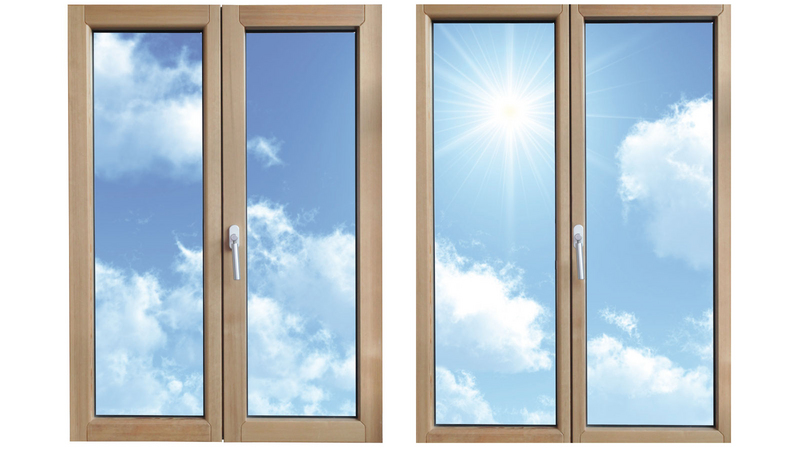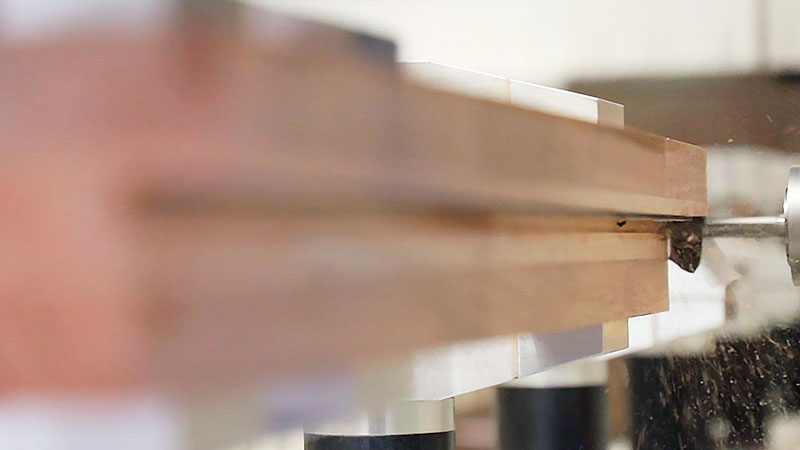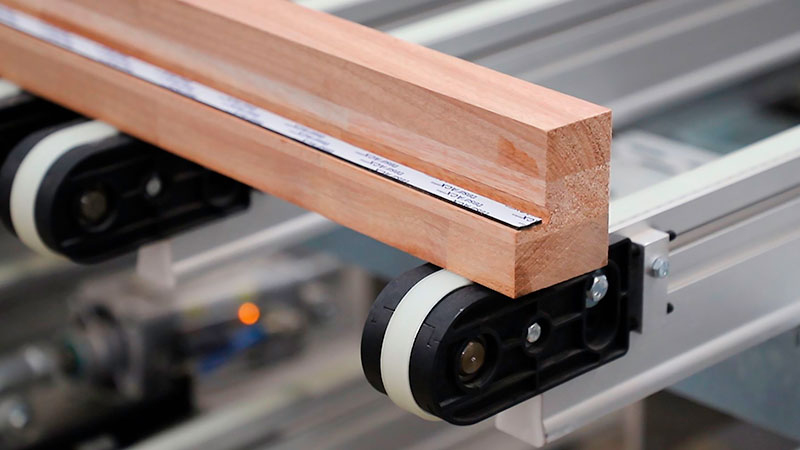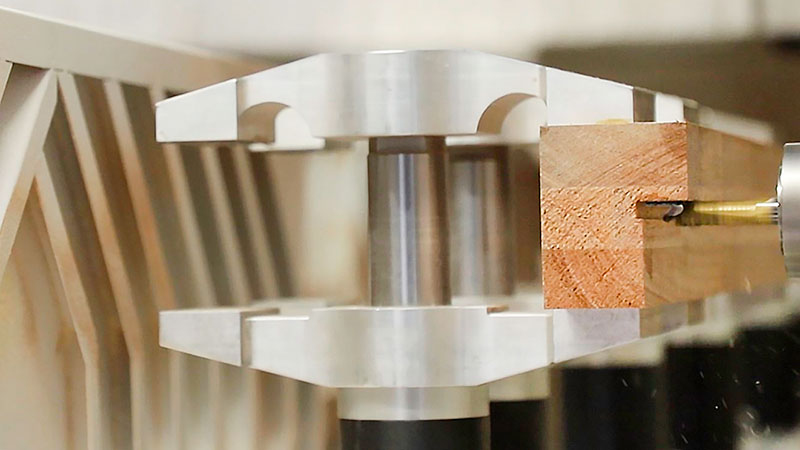Integrated windows
A simple and reliable production solution for the window market to bring more daylight
In a building, windows and French windows separate the outside from the inside. In addition to providing ventilation and a means of entry, they perform a number of functions that can be grouped under protection from heat, cold, weather, noise and burglary, not to mention bringing light into the building.
The look and design of a window are further important factors, as well as the fact that it should allow as much daylight as possible into the building. HOMAG prides itself on precisely these three factors, working together with its partners tesa, Würth and Gutmann to develop the prototype for an integrated window through to series maturity.
Further development of integrated windows — even more daylight!
Apartment modernization and construction often have the same objective: to flood rooms and houses with light. Daylight is good for our health, promoting wellbeing and concentration in the long term. A nice side effect are lower energy bills and environmental protection, as having natural light eliminates the need to create artificial light.
The development of the integrated window is aimed at precisely these trends. Narrow visible widths, slim profiles and the largest possible glass area.
With its partners tesa, Würth and Gutmann, HOMAG has further developed the prototype of the integrated window first presented in 2018 and proven its suitability for use.
Tests have shown that the profiles can be reduced by a further 10% to obtain an even larger glass area. With wood/aluminum windows, the sash has become so narrow that it disappears behind the aluminum cover. The result is an integrated system.
However, producing narrow profiles to allow more daylight in also presents challenges to machine manufacturers and suppliers:
- How can the narrow profiles be clamped?
- How can high processing quality and precise connections be guaranteed?
- How does the window gain the stability it needs?
- How can such products be produced economically?
The perfect combination for meeting these requirements is the interaction between tesa gluing technology + the CENTATEQ S-800/S-900, as well as an innovative adhesive tape application. Here (in contrast to other types of windows), the process is the prerequisite for production. Profiling the frame parts is easy and requires less machining and lower quantities of wood, thereby reducing tool costs too.
Another key success factor is the creation of the adhesive bond between the pane and the frame. The gluing secures the statics of the sash, and the corner joint can simply be held in place.
The screwed corner is the perfect complement: The single parts can be processed with a full-surface finish and the frame can be fitted without a press.
Automatic application of the adhesive tape
Nowadays, window construction businesses that already use this technology employ various different solutions for creating the adhesive bond between the pane and the frame. In many cases, the adhesive medium is applied manually or using complex machinery. To simplify and accelerate this process, as well as ensure reproducibility, HOMAG has developed TapeLine. A simple and reliable production solution for the window market.
The core of the new process is the application of an integrated adhesive tape, tesa® ACXplus, which is inserted into the window frame immediately after planing. After CNC processing, the window—including the adhesive tape—can be painted, ensuring that the color of the joint is identical. The protective film on the adhesive tape can then be easily removed. The result? The adhesive surface of the tesa tape is already in the painted window and the window manufacturer simply inserts the glass pane. The adhesive tape ensures a secure bond between the pane and the frame. The pane no longer has to be sealed with silicone, as the adhesive tape takes over the sealing function.
In comparison with other common processes on the market, HOMAG is offering a production-optimized solution that can be easily integrated into the production process. The adhesive strips can be applied easily and efficiently regardless of the ambient atmosphere or other external factors.
The process can be integrated into a wide variety of window production processes (including the production of wood/aluminum windows, the production of windows with narrow sash frames, break-in protection, the use of adhesive rails or cover strips, etc.). At present, however, this gluing technology is particularly important for integrated windows.
The properties of integrated windows speak for themselves:
- Low maintenance requirements and a stable overall system:
The glass pane and the frame are fixed in place and securely connected to one another. The sash remains stable and the effort involved in subsequent readjustment is significantly reduced. The corner joint is also strengthened. - Increased break-in protection:
The pane of glass cannot be separated from the sash frame. The pane reinforces the frame. This makes the frame more robust in the event of an attempted break-in. - High thermal insulation:
The narrow frame enables the best U values for the windows. - Perfect design:
Minimalist look and wood on the inside. - Minimized maintenance effort:
The outside of the window is protected against the weather.







